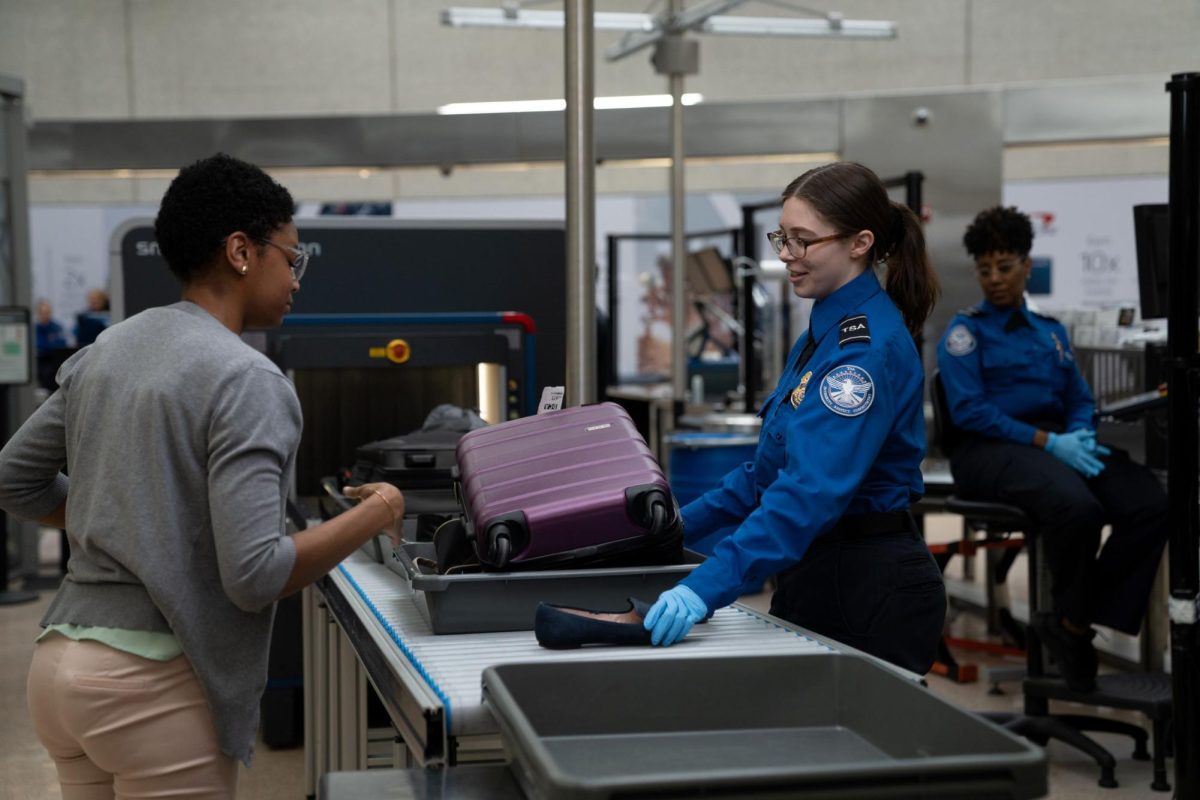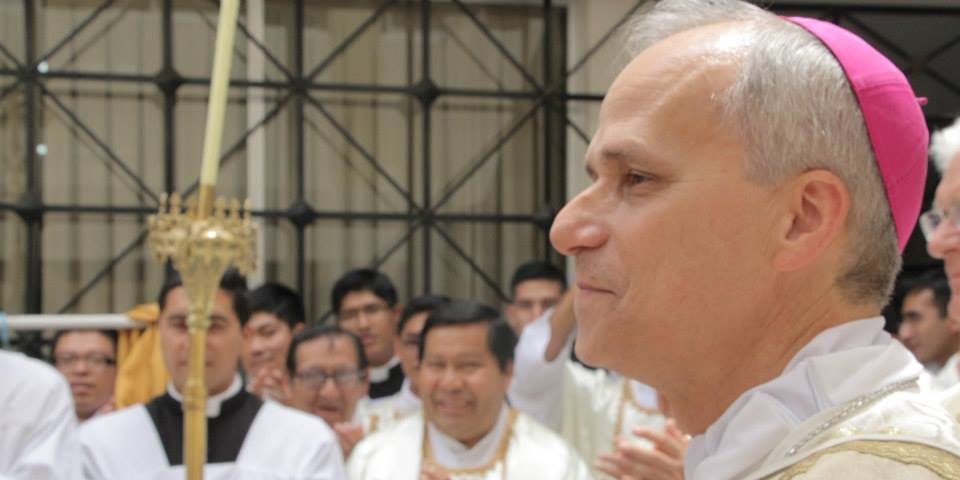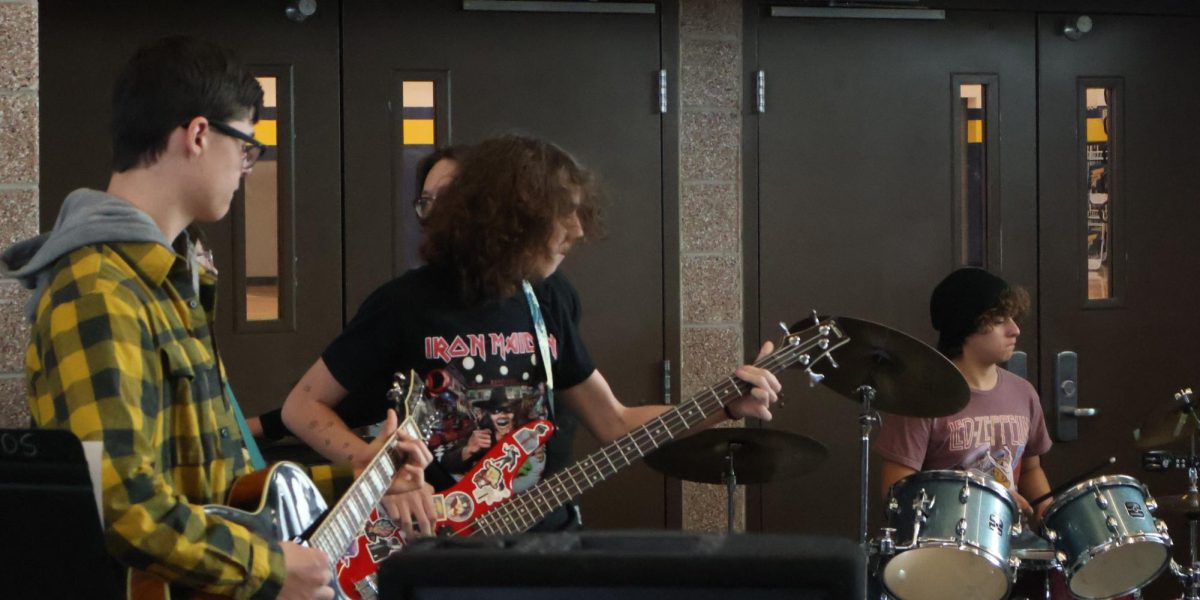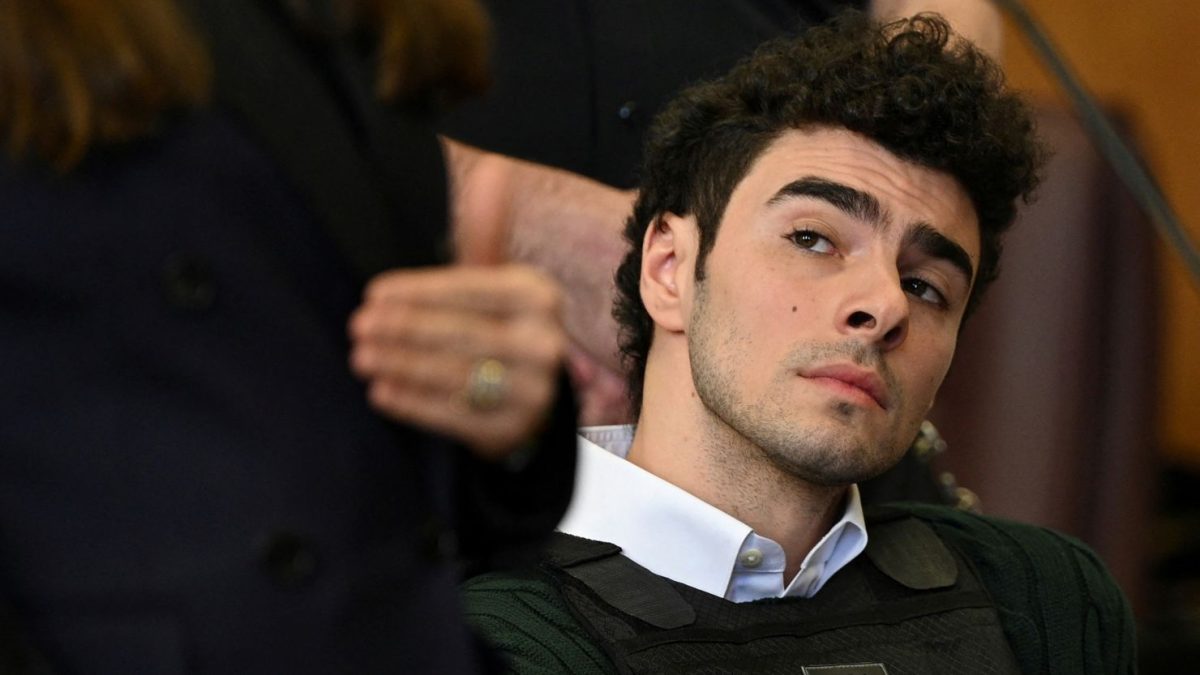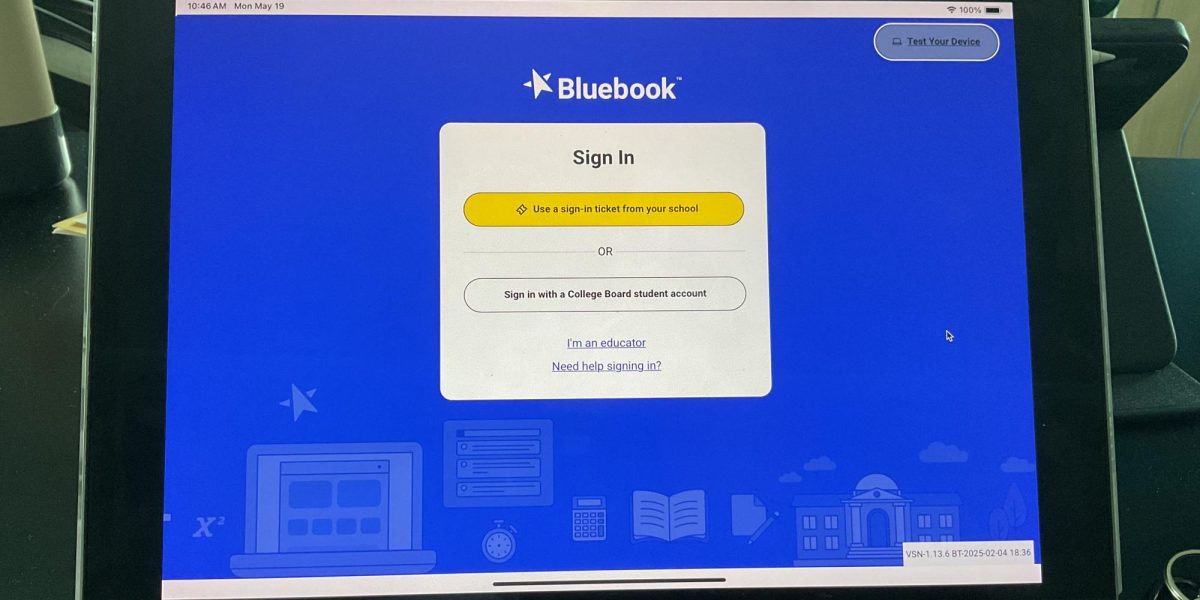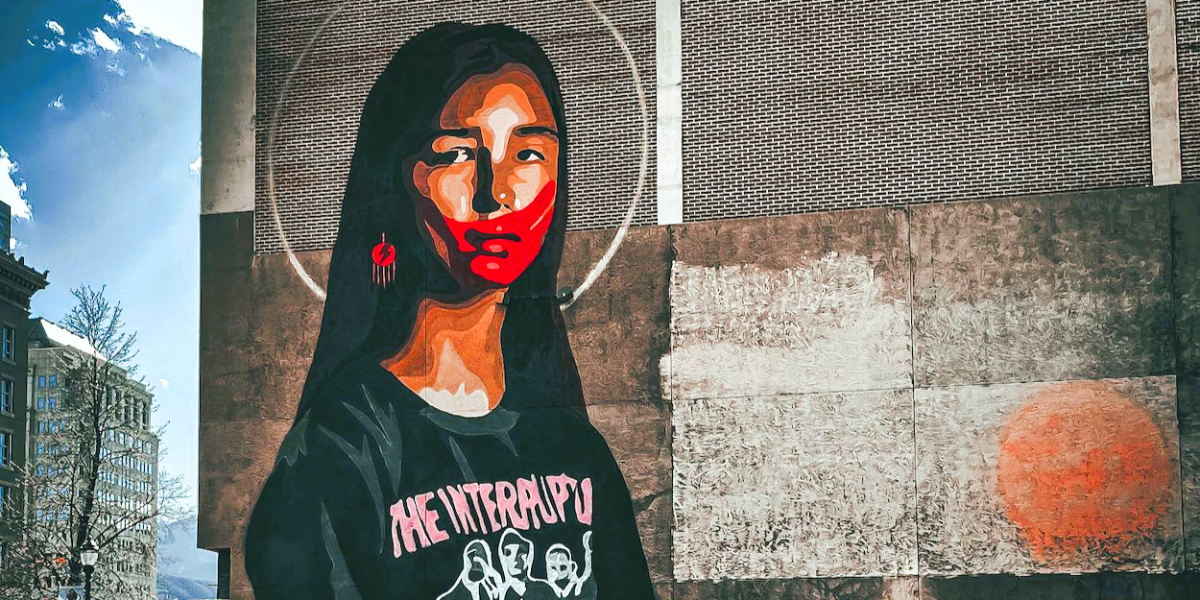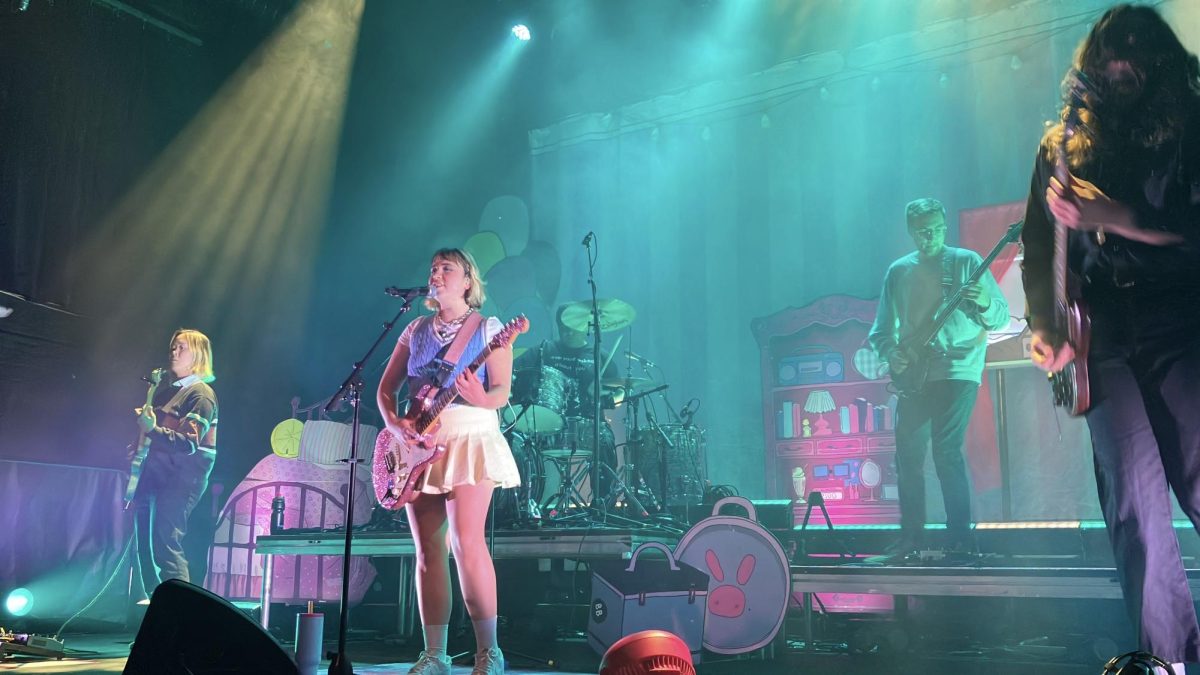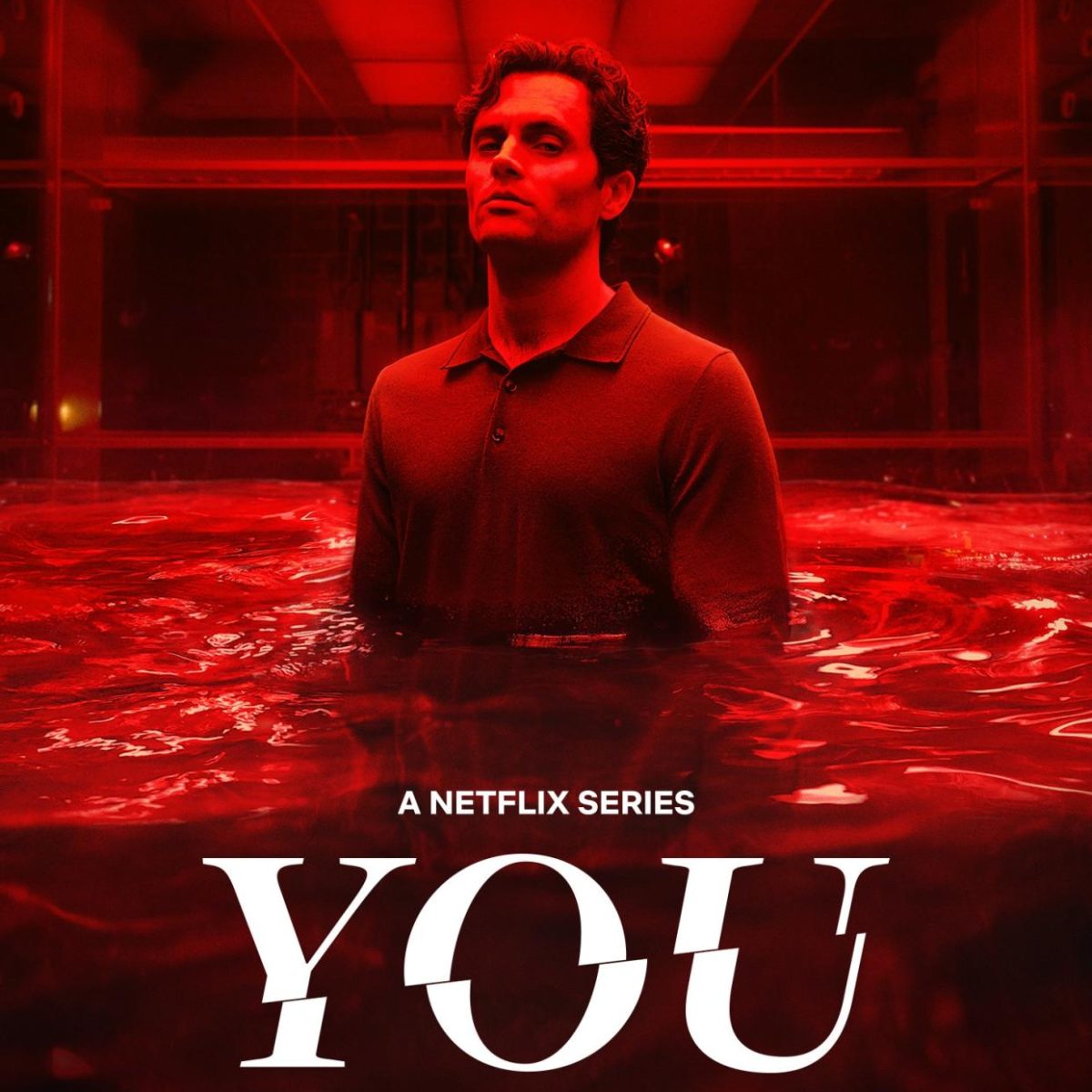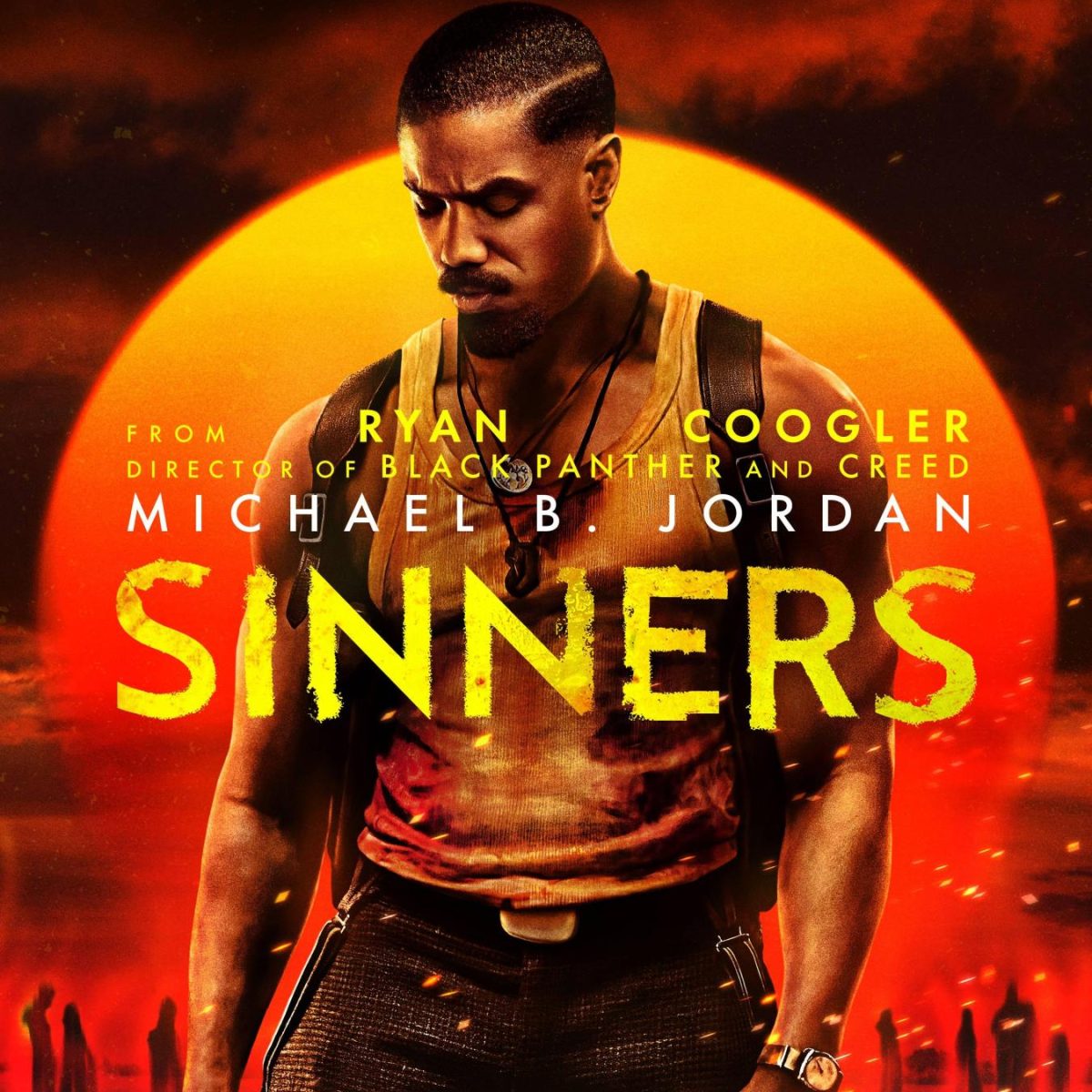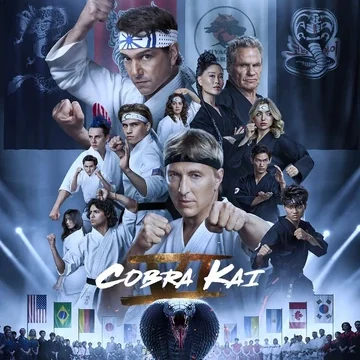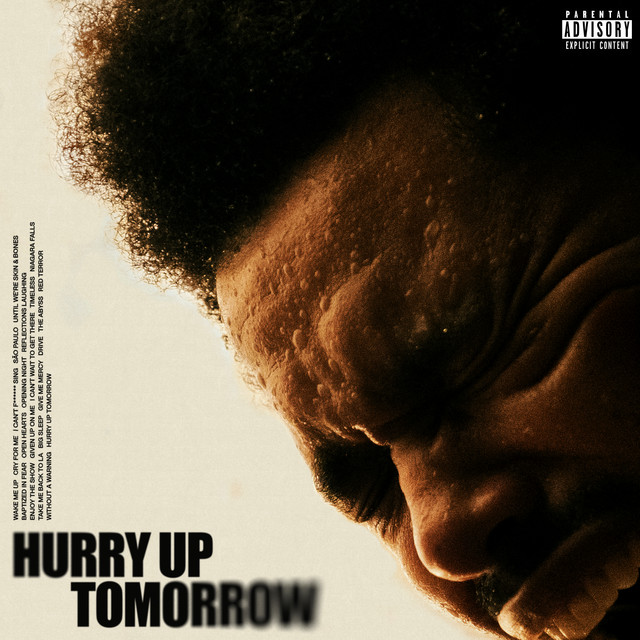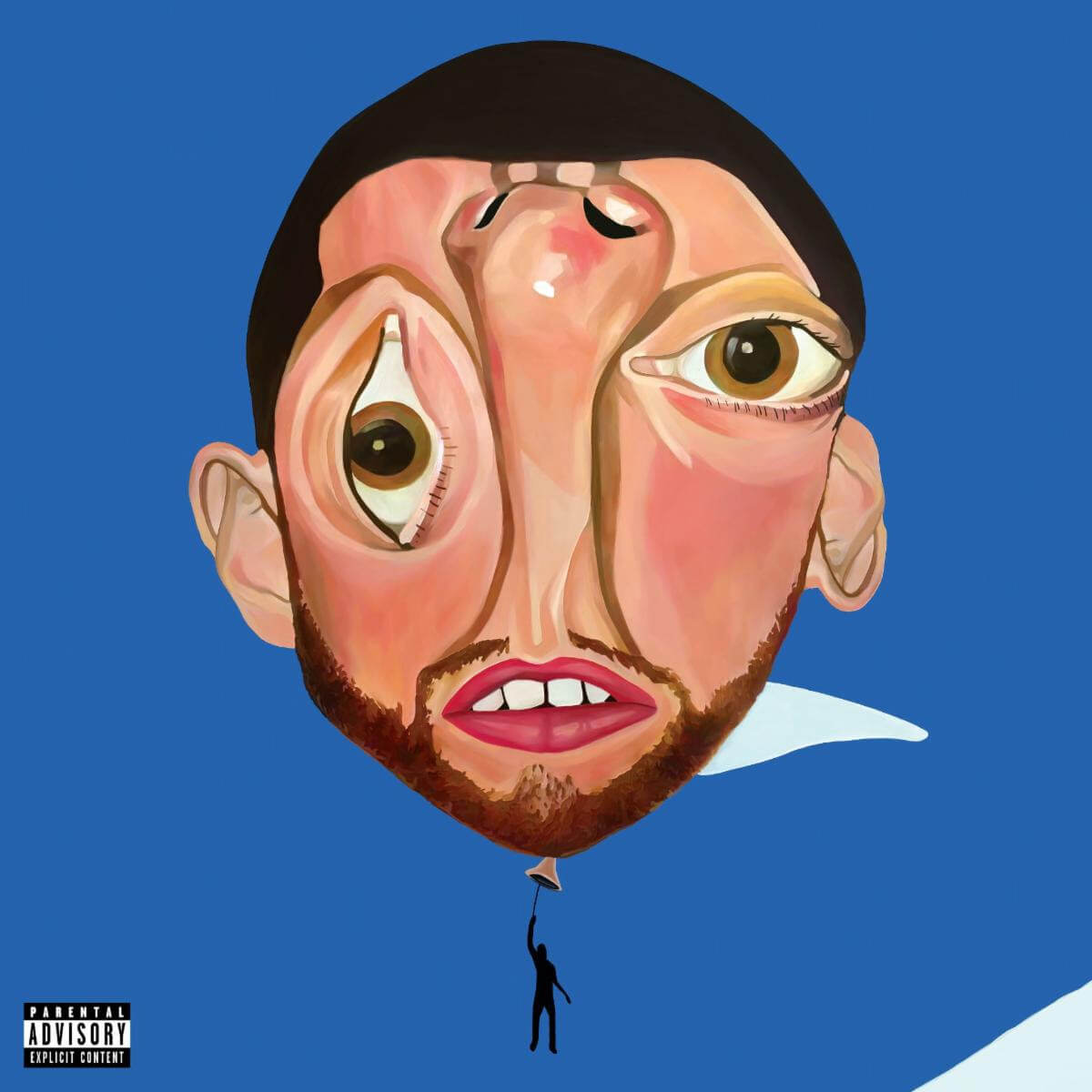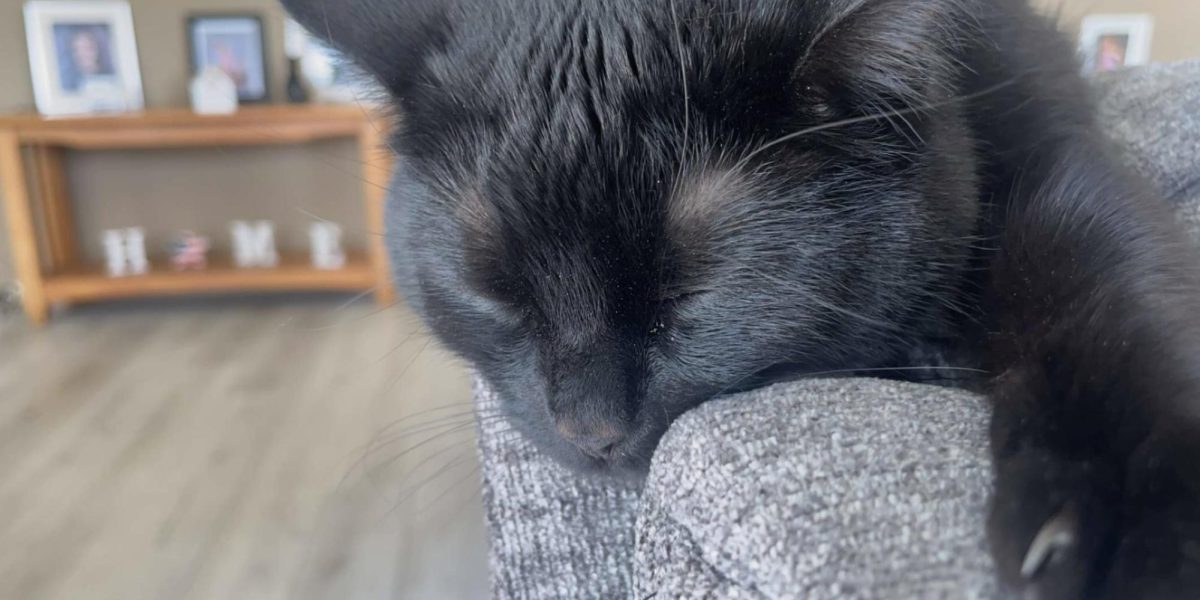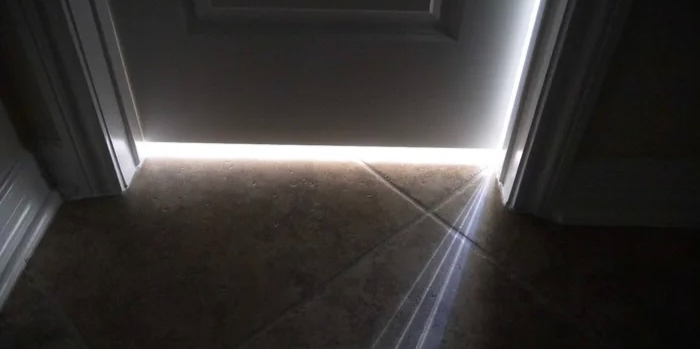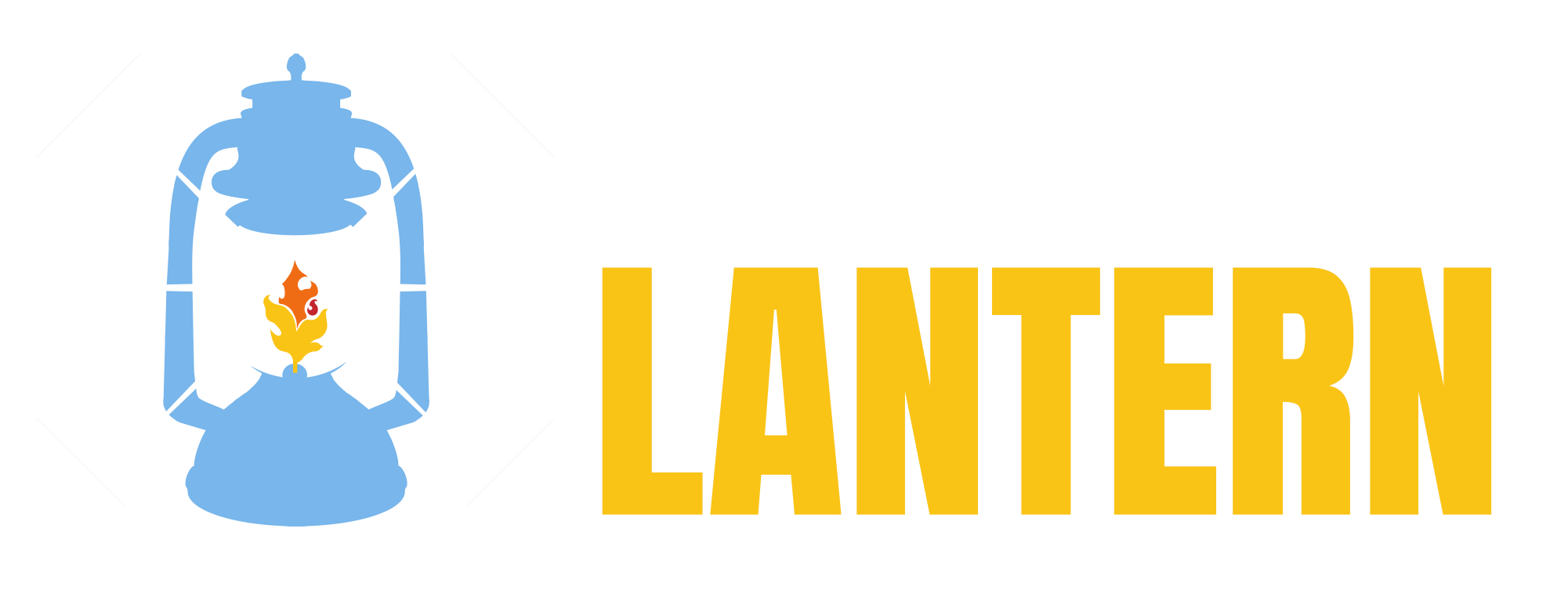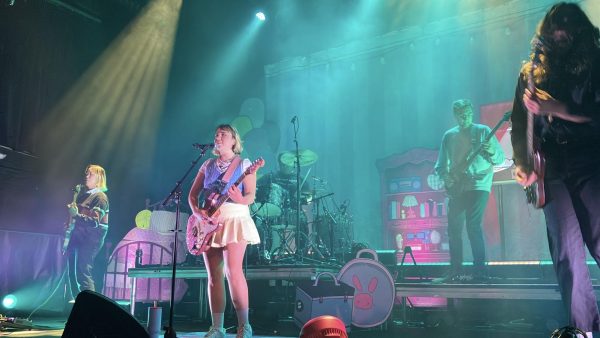The Batman Flips the Script on the Superhero Genre
The latest superhero flick isn’t a superhero film—its a revolution in film making
The Batman struts away from a high-speed car crash. The immersive cinematography is on display, as highlighted by the silhoutte
March 10, 2022
By now, Batman is a well-trod superhero with nine live-action films, a dozen television series, and over 30 full-length animated films. Yet The Batman gives audiences something completely new: a Batman film without a superhero. Matt Reeve’s newest film is as immersive and thrilling as any movie in the modern era. Its cinematography, direction, and performances make it one of the top movies in 2022 and a must-see for anyone with an itch for a great film.
This new reboot of The Batman film franchise stars Robert Pattinson as the title role and Zoe Kravitz as Catwoman. The film was initially going to be written, produced, directed, and acted by Ben Affleck, but Affleck abandoned the project in 2017 following some misgivings. The Batman has already grossed 300 million worldwide in less than six days. It’s the second highest-grossing opening weekend in the pandemic era, and there’s a reason: it’s different.
Like Joker in 2019, The Batman breaks the mold by not being the average superhero film. The Batman shares more in common with Silence of the Lambs and Seven than the 1989 Michael Keaton film or even the grounded Christopher Nolan films. By not letting the rules of a superhero film like bright costumes, origin stories, and big hero-villain fights in the third act, The Batman feels like something familiar and completely different at the same time, which is truly what comics are. If the Joel Schumaker films of the 90s were all-ages Batman comics and Christopher Nolan’s films were recent comic runs, The Batman is the scrawling text and frenetic art of Grant Morrison and Dave McKean’s Arkham Asylum: A Serious House on Serious Earth. Comics have all kinds of versions of Batman, and now, we have them too.
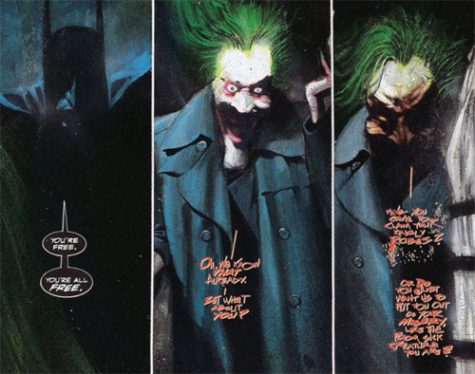
The premise of The Batman follows the story of the rich billionaire, Bruce Wayne, who for the past two years, has dressed up as the vigilante Batman and fought crime on the streets of Gotham City. It’s the same setup as any other Batman story, minus the popcorn and pearls origin story. Yet from the start, the film deviates from the formula. Batman doesn’t swoop down from the sky–he lurks in the shadows. When a masked, sadistic villain named The Riddler goes on a rampage of murders, Batman must track down the culprit, uncover clues, forge relationships, and expose the corruption that has plagued Gotham for far too long. He decodes clues more than he punches (but when he punches, it’s epic). He is more methodical than bold.
This makes The Batman a true film rather than a typical MCU-style superhero movie or even recent DC movies like The Suicide Squad. The film is truly gritty–at times, you can feel the grime of Gotham under your fingernails. This isn’t quite like Joker either–in that film, all the DC elements could be replaced and the film wouldn’t change at all. But this is 100% a Batman movie with all the common elements–Alfred, Catwoman, Gotham City, and The Penguin (played perfectly by Colin Ferrell in a career-defining performance). The difference is that everything is more realistic, and not in the “What if Batman was in the real world” style of Christopher Nolan. This film is “What if the real world created a Batman out of necessity.” This is what gives the film depth. Real stakes. Realistic powers. At one point when Batman “flies” off a building, he uses an actual wingsuit. When he gets hurt, he stays down until he can catch his breath. This is a flawed human character, and it makes the viewer relate to him more.
One thing cannot be denied about The Batman: it has quality and cinematography that far exceeds a Marvel film. Nearly every shot in The Batman looks as though it’s taken straight out of a comic book. Its sweeping shots, different angles, and a surplus of silhouettes are all jaw-dropping. Watching The Batman is a visual treat for the eyes. One critical flaw I find with Marvel films is the color grading. Every movie in the MCU has a washed-out gray tone that feels uninteresting. The Batman doesn’t struggle with this problem. There are deep, polarizing black colors in the movie, which effectively highlights the eery tone that is being created. Gotham is the darkest and most criminally active we’ve ever seen it. So it’s fitting that virtually every scene in The Batman takes place at night. Sure, there are shots at sunrise or sunset with gray skies, but there is never a true daytime scene throughout the entire two-hour and 55-minute runtime.
The music in The Batman already feels iconic. Michael Giacchino, a renowned composer, writes the score for this film. He’s among the best in the industry–producing legendary scores for famous movies such as The Incredibles, Up, and Rogue One, among others. He’s earned two Grammy awards, an Oscar, and a Golden Globe. However, The Batman is arguably Giachino’s finest work yet. All of the songs set the tone for The Batman very effectively. They are moving, complex, and mysterious. The score is sure to be an instant classic among Giachino’s celebrated catalog of work.
However, the film falls short in other aspects. For one, The Batman drags out for too long. It’s nearly three hours. Sure, long movies are fine–but only if they are well-paced and actually require a longer runtime. Avengers Endgame is a prime example of this. Every scene is action-packed, full of easter eggs and plot twists to keep the audience invested. The Batman‘s pacing is much different. There is dark humor but no jokes. No fast-paced action. Perhaps the fast-paced MCU format doesn’t fit The Batman-style–in fact, I prefer how The Batman scenes unfold in a more methodical and slow technique. I just don’t think that’s sustainable for longer than two hours.
The writing in The Batman isn’t amazing either. I felt that the inclusion of Catwoman was unnecessary to the plot. Sure, it made things a little more interesting, but it just threw an unwarranted wrinkle in a storyline that should’ve revolved around The Riddler. Not to mention how complex the dialogue and script are. Younger audiences may have a hard time trying to follow the mystery-themed plot.
Overall, however, The Batman is a fresh and innovative take on the modern blockbuster genre. While Marvel seems to have taken a step backward recently, The Batman is a step in the right direction for the superhero genre as a whole. The days of the shared universe are numbered, as we’ll surely see the rise of new visions and styles that will make comic book films as diverse as comic books themselves. Marvel has focused on making a movie everyone wants to see, DC has shown that it’s better to make everyone a film they want to see.



